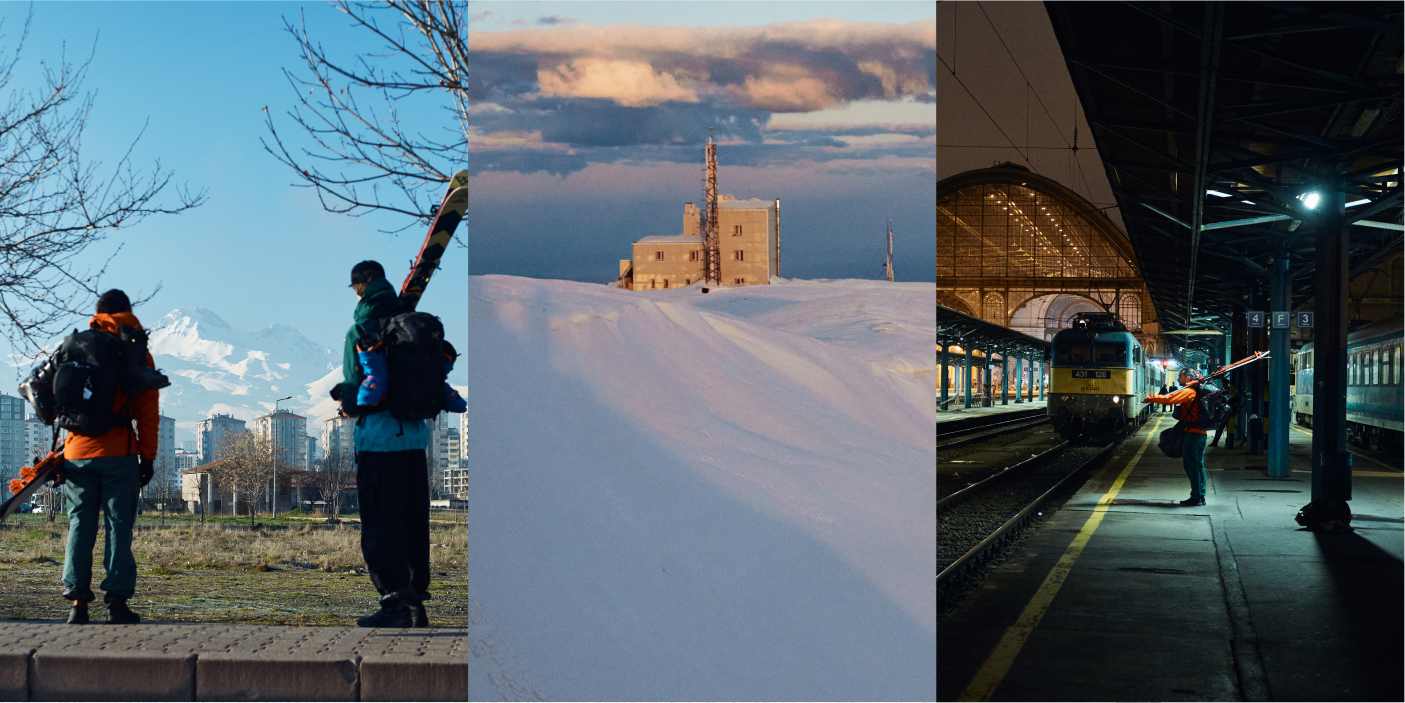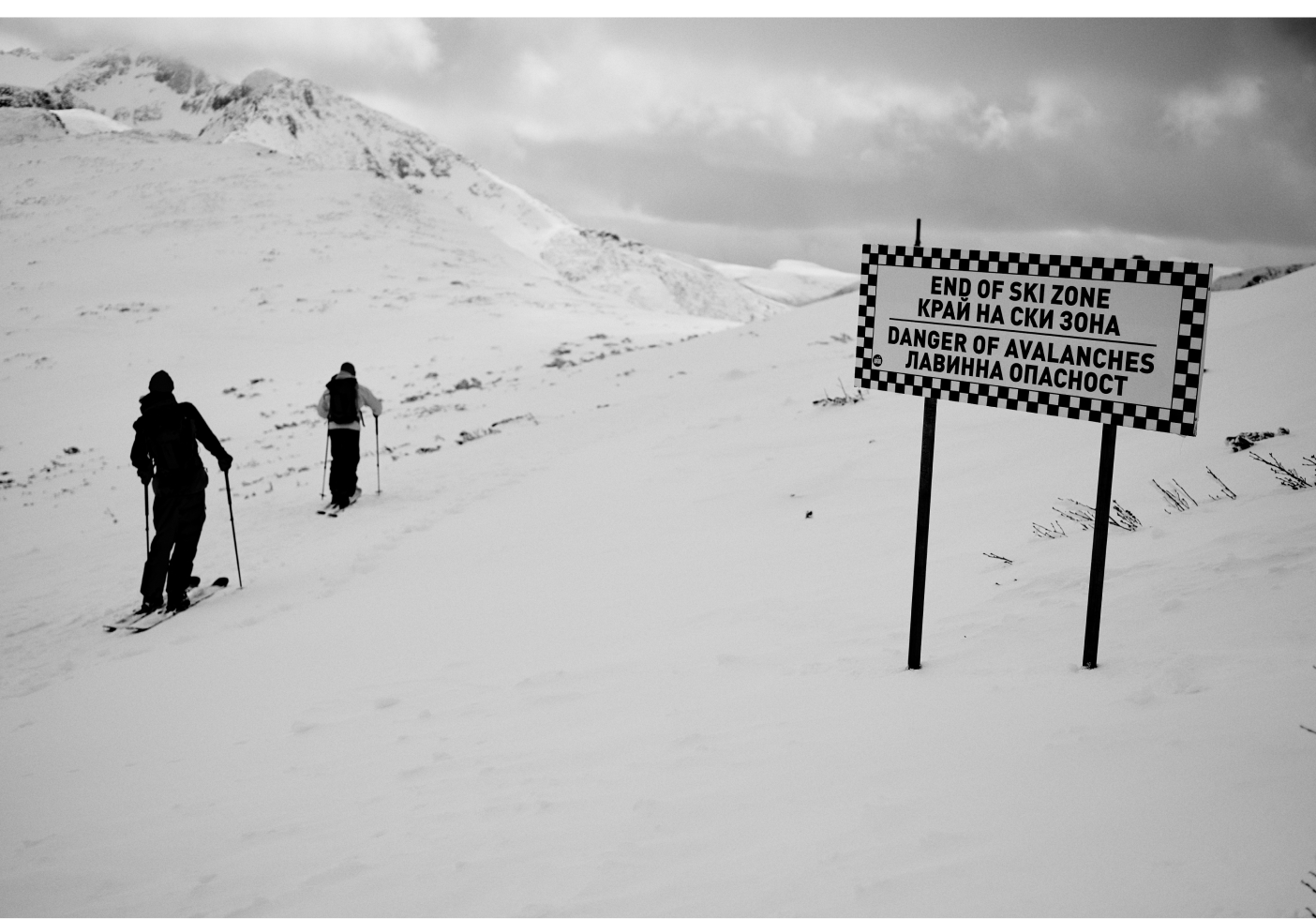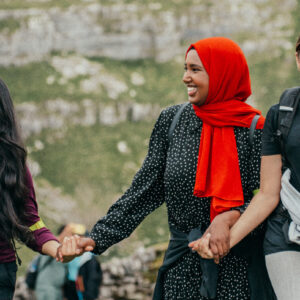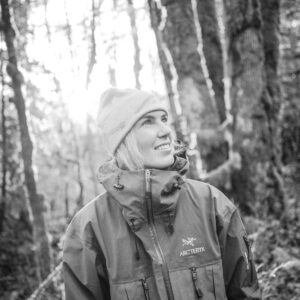FOOTNOTES:
Words by Matt Spohn | Photography by Max Kroneck
The latest film from Arc’teryx Presents, Going East, follows skiers Silvia Moser, Max Kroneck, Joi Hoffmann, and Loic Isliker as they see how far they can go by train and bus on a three-week ski trip. Documenting nearly every step of the odyssey, the skiers breathe life into the ordinary moments of travel, revealing that the journey to go skiing is as important as skiing itself.
“Traveling by train, you’re thrown into a washing machine of experiences,” says Loic Isliker, the director of Going East. His vision: To see how far he and his friends could go on a ski trip while relying solely on public transportation. Prior to setting off, they each researched their own portion of the trip, figuring out the most direct routes and time-efficient ways to link ski areas. But the film quickly reveals that preparation only goes so far—that what defines a journey are the hiccups, difficulties, and unexpected moments between destinations.
“I was skeptical at first,” says Silvia Moser, who traveled just over halfway with the team before having to return for another obligation. “I didn’t think we could connect so many ski areas by train. But that’s what inspired me—the curiosity to see how far we could go. The skiing was just the icing on the cake.” Opening themselves to the experience (and the uncertainty of what the experience would be), the team rides headlong into the complexities of linking trains and making connections, boot-packing it to ski areas, and finding the time to eat, sleep, and plan.
 That’s what inspired me—the curiosity to see how far we could go. The skiing was just the icing on the cake.
That’s what inspired me—the curiosity to see how far we could go. The skiing was just the icing on the cake. 
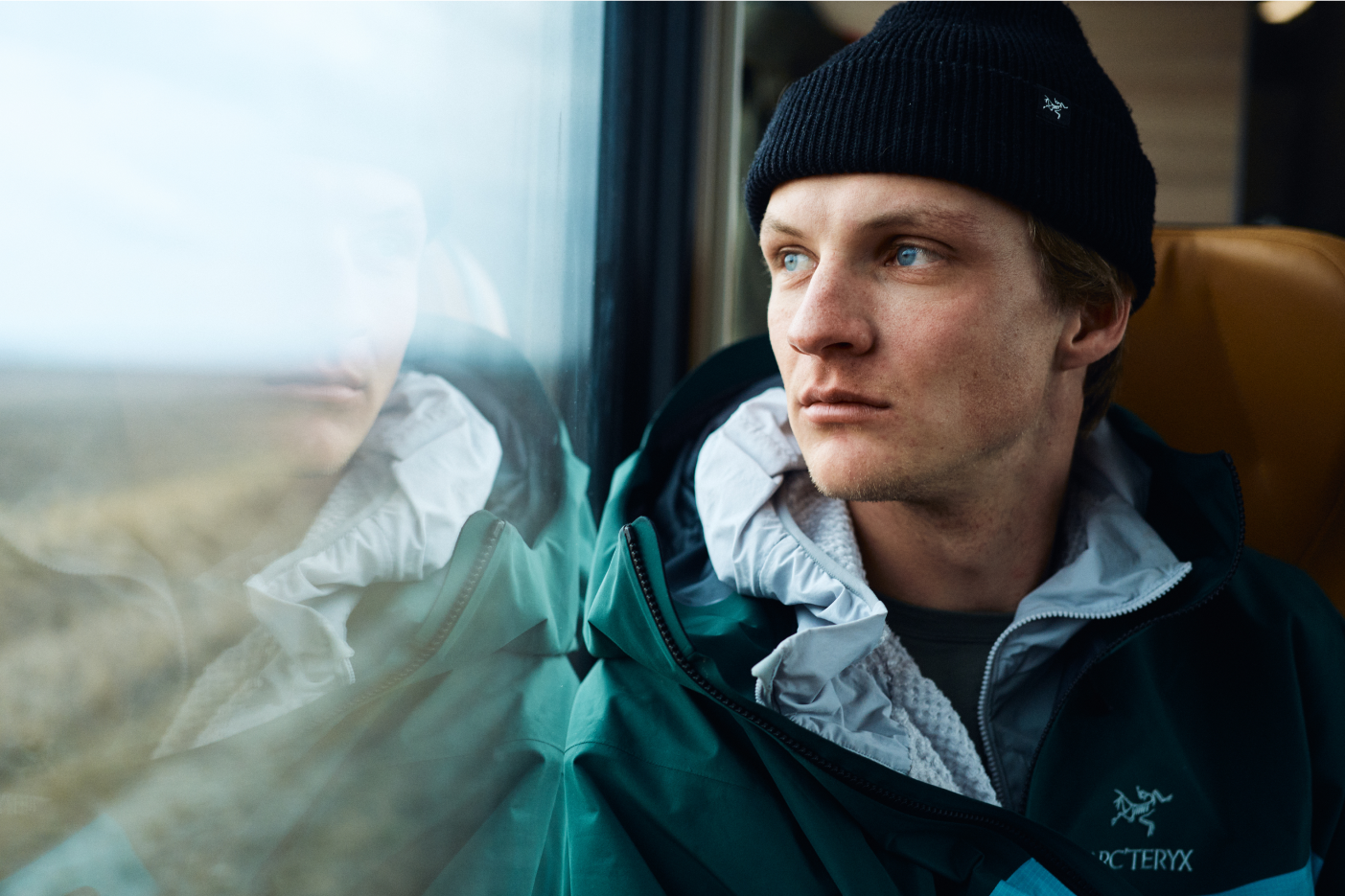
Without asking it, the film raises a question: can this kind of trip be done without a car or plane? “Of course we wanted to show people that it’s doable,” says Silvia. “And I don’t just mean reaching Turkey by train to go ski. But maybe taking a train with friends to go climbing for a weekend.” Or busing it to a national park. Or to go hiking. Or surfing. The list goes on and the skiers set out to prove that how we get there matters. That how we decide to travel can enrich our experience.
“The train, in many ways, became a character,” says Loic. Indeed, the train becomes the conduit for connection and conversation, revealing the freshness (and newness) inherent to the world. “Often, small conversations started when someone asked about our skis. These conversations would lead to finding out where the best food in the city was.” It goes on from here, into random exchanges, into the small tidbits about someone’s life, into the ongoing journey. “Before I knew it, there was a wave and a goodbye.” Then, it begins again. Through a tunnel and out into something new.
Joi Hoffman, a skier and filmer on the trip, agrees. “Travelling with gear in your hands is a magnet for curious people,” he says. “You disrupt their everyday lives with gadgets they know but which don’t belong where you are.” On a train, in tight proximity with others for long periods of time, it’s only natural that curiosity builds and someone eventually asks a question. “Being open to what comes, being flexible,” adds Silvia, “can be hard. But what a wonderful gift.”
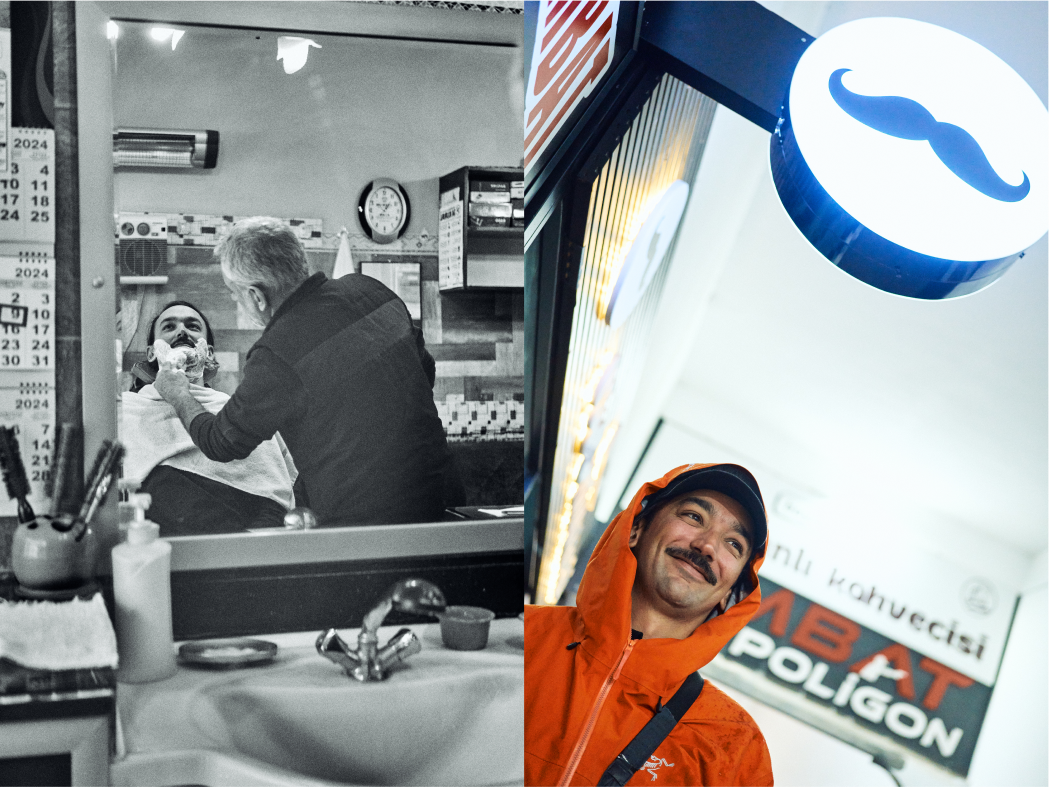
 There’s something unfathomably essential about the cadence of the train (in particular, the European rail system) in Going East, how it creates a visceral connection to people and place, emotions, even the art of filming.
There’s something unfathomably essential about the cadence of the train (in particular, the European rail system) in Going East, how it creates a visceral connection to people and place, emotions, even the art of filming. 
Intentional acts or forced upon us, traveling by public transportation slows us down and allows for closer observation. There’s something unfathomably essential about the cadence of the train (in particular, the European rail system) in Going East, how it creates a visceral connection to people and place, emotions, even the art of filming.
“I try to be spontaneous with my photography because I don’t want to repeat something,” says Max Kroneck, skier, photographer, and one of the crew. “Keeping the cameras rolling, being always on the jump, experiencing sleeplessness—all of this helped capture the spontaneity of the trip.” The improvisational camera techniques (“we all filmed what was interesting to us,” says Max) breathe life into the movie, elevating even the slowest, most humdrum parts of the trip.
And it’s these footnotes that take us (and the skiers) as deep into the journey as far. Chatting with someone on the approach to a Slovakian hut, connecting with kids at the ski resort, or stopping to make a sandwich on the go acknowledge the truth of any trip. It’s not a highlight reel of shredding difficult terrain. It’s the everyday ingredients that make the wholeness of the experience. Nothing is predictable and the only ones certifying the experience are the skiers. It’s a refreshing reminder that a journey is not just chance but what we make of and do with chance.
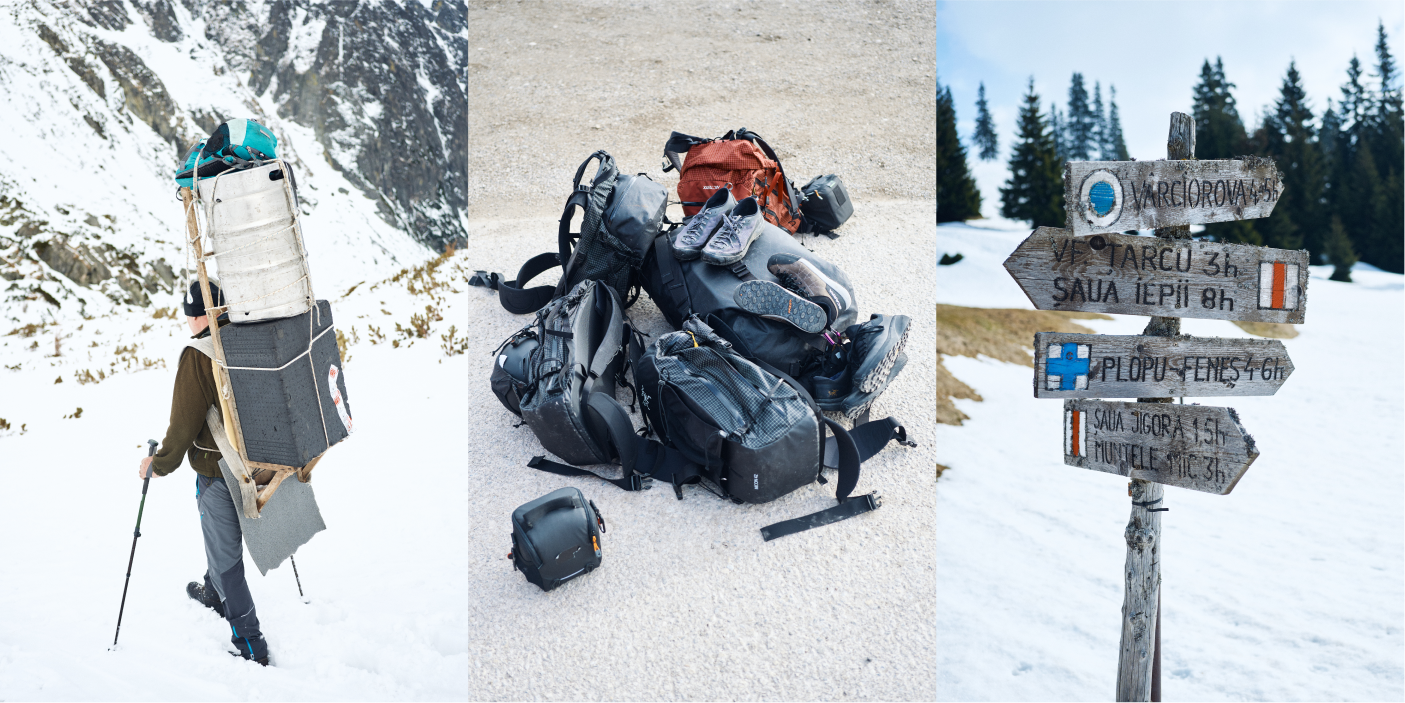
 It’s these footnotes that take us (and the skiers) as deep into the journey as far.
It’s these footnotes that take us (and the skiers) as deep into the journey as far. 
“On any adventure, you have to focus in on what’s important to you,” says Max. “I love seeing how people express themselves through skiing and I instantly recognize people I could be close with. Everyone smiles the same on the hill. There’s an instant connection.” This connection is the current of Going East—and the 140 hours spent on the trains and buses heightens the experience.
“This is the kind of trip where you can say you did it together,” says Joi. “Everyone depends on one another, and it only works as a team.” And while charging cords and camera equipment, clothing, snacks, and ski gear slowly find their places in bags and pockets, it’s efficiency in communication, teamwork, and problem solving that this kind of expedition teaches. “It’s really a lesson in what you need,” Joi continues. “In believing in each other.”
“Knowing it’s possible, that we can use public transit to go on a big trip like this, is eye opening,” says Silvia. “That it can be used to access mountains, even experience what’s right in our backyard, that’s an important lesson for me.”
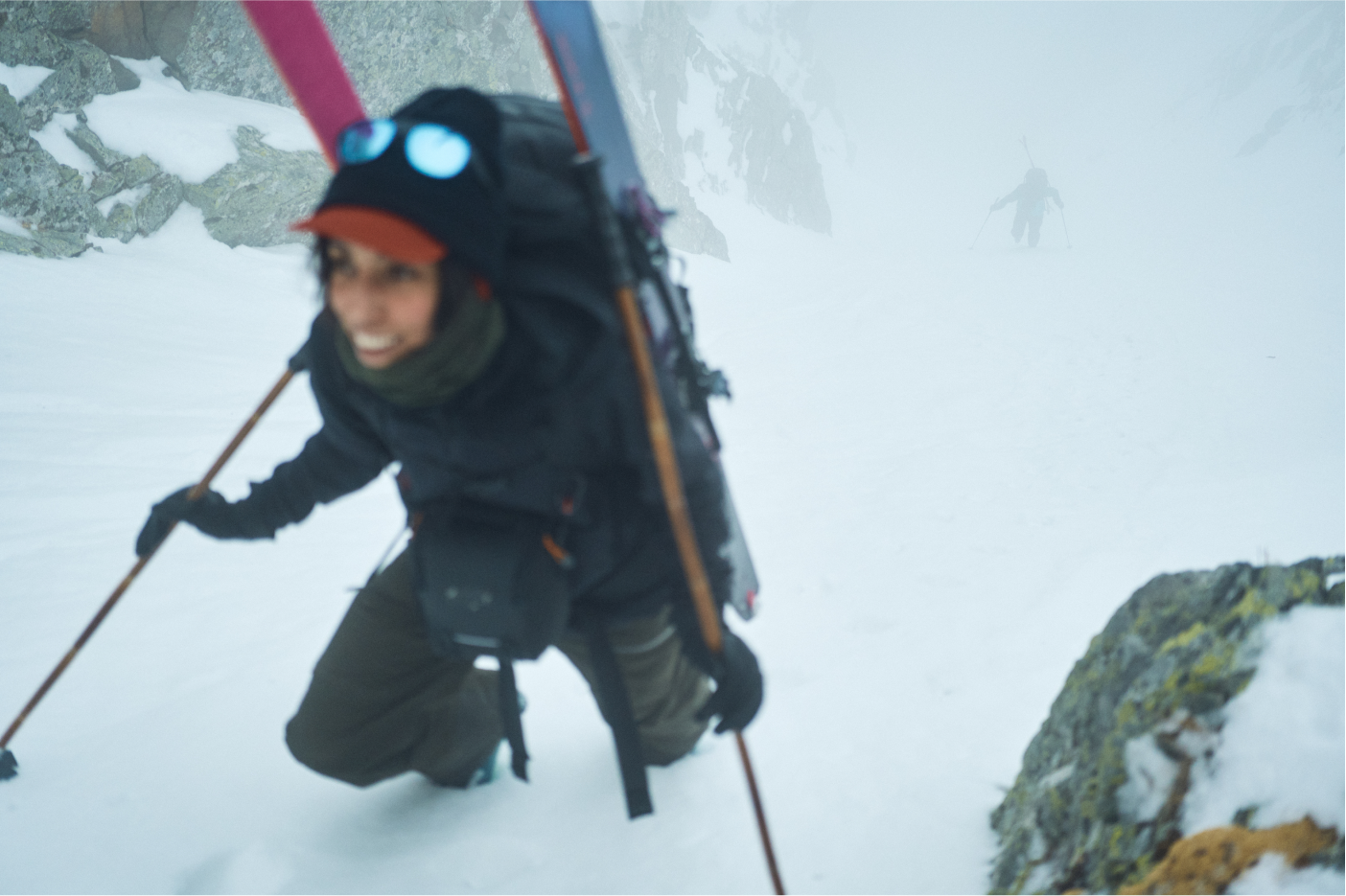
As the train rolls on, there’s a feeling that the trip could continue forever. In fact, the turnaround point is arbitrary. “I knew we could keep going,” Loic says. And maybe this is the final lesson of the film—to challenge the traditional notion of what marks the end of one journey and the beginning of another.
This is most fully realized when the team confronts dangerous avalanche conditions on what they thought was their last mountain. Looking up a face they’ve never skied, thousands of kilometers from home, they make the decision to turn around. Yet, this turning back, in its own way, is potential—is hope for what tomorrow brings. It’s an acknowledgment that the journey is all around us, perpetually beginning. It’s the question: Where next?
